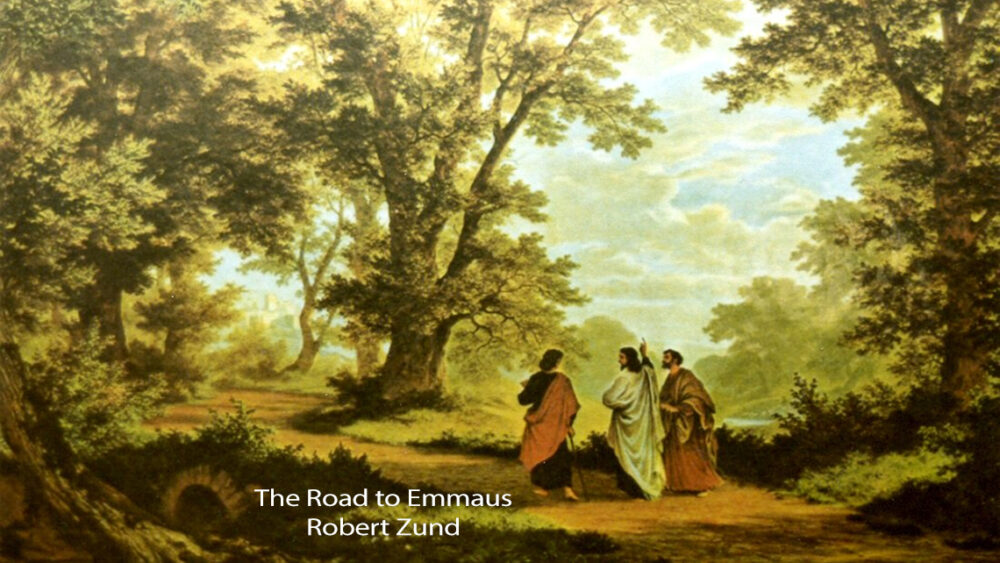 Of the beliefs and practices whether generally accepted or publicly enjoined which are preserved in the Church, some we possess derived from written teaching; others we have received delivered to us “in a mystery” by the tradition of the apostles; and both of these in relation to true religion have the same force. And were we to attempt to reject such customs as have no written authority, on the ground that the importance they possess is small, we should unintentionally injure the Gospel.
Of the beliefs and practices whether generally accepted or publicly enjoined which are preserved in the Church, some we possess derived from written teaching; others we have received delivered to us “in a mystery” by the tradition of the apostles; and both of these in relation to true religion have the same force. And were we to attempt to reject such customs as have no written authority, on the ground that the importance they possess is small, we should unintentionally injure the Gospel.
For instance, what writing has taught us to turn to the East at prayer? What was the meaning of the mighty Moses in not making all parts of the tabernacle open to every one? Moses was wise enough to know that contempt attaches to the trite and to the obvious, while a keen interest is naturally associated with the unusual and the unfamiliar. In the same manner the Apostles and Fathers who laid down laws for the Church from the beginning thus guarded the awful [awesome] dignity of the mysteries in secrecy and silence, for what is bruited abroad [subject to rumor] at random is no mystery at all. This is the reason for our tradition of unwritten precepts and practices, that the knowledge of our dogmas may not become neglected and condemned by the multitude through familiarity. “Dogma” and “Kerygma” are two distinct things; the former is observed in silence; the latter is proclaimed to all the world. One form of this silence is the obscurity employed in Scripture, which makes the meaning of “dogmas” difficult to be understood for the very advantage of the reader.
Thus we all look to the East at our prayers, but few of us know that we are seeking our own ancient country, Paradise, which God planted in Eden in the East. We pray standing on the ?rst day of the week, but we do not all know the reason. On the day of the resurrection [Greek anastasis, ‘standing again’] we remind ourselves of the grace given to
us by standing at prayer, not only because we rose with Christ [Greek sun-anastantes, ‘stood again with’] and are bound to “seek those things which are above”; but also because the day seems to us to be in some sense an image of the age which we expect. Of necessity, then, the Church teaches her own foster children to offer their prayers on that day standing, to the end that through continual reminder of the endless life we may not neglect to make provision for our removal thither [there].
Moreover, all Pentecost is a reminder of the resurrection expected in the age to come. On this day the rules of the Church have educated us to prefer the upright attitude [standing] of prayer, for by their plain reminder they, as it were, make our mind to dwell no longer in the present but in the future. Moreover, every time we fall upon our knees and rise from off
them we show by the very deed that by our sin we fell down to earth, and by the loving kindness of our Creator were called back to heaven.
—Basil, Bishop of Caesarea (370-379 AD), On the Holy Spirit, 32.188-192

You must be logged in to post a comment.